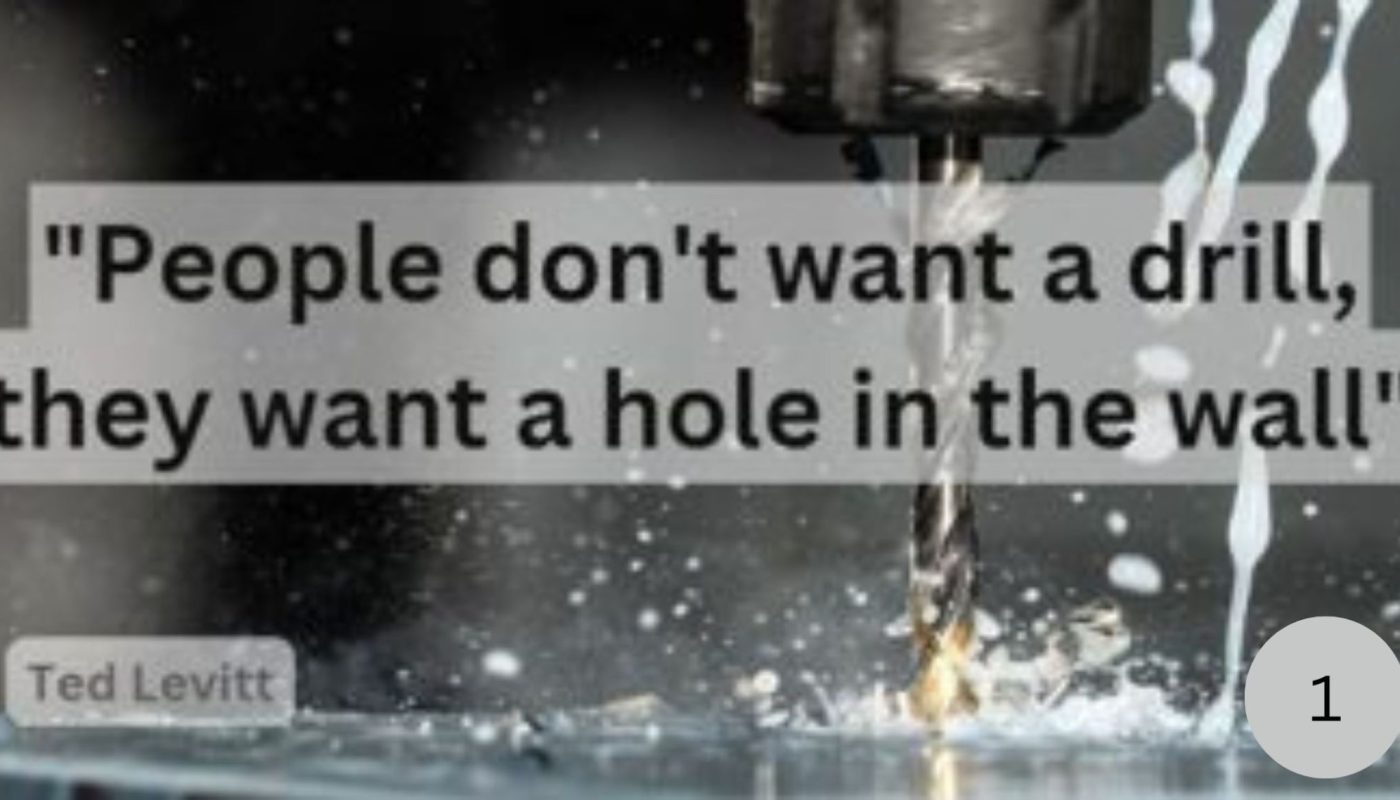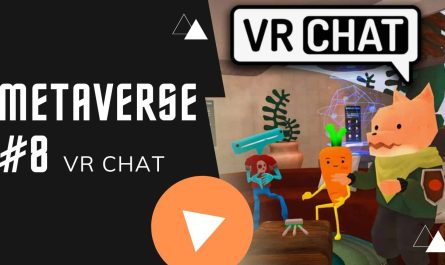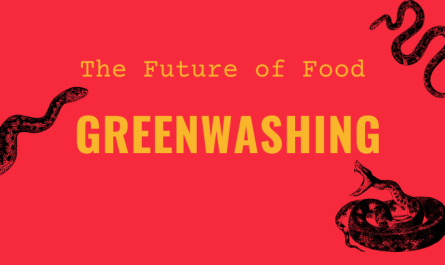The basic idea of innovation is the (hopefully) subsequent growth, whereby new markets are opened up, products are expanded and new target groups are won. There are thousands of such growth initiatives, and there are just as many ideas floating around about which idea the company should focus on next. But how do you know which of these thousands of ideas will be the most profitable?
Which came first; chicken or egg?
In marketing, there is a famous debate about whether the customer is looking for a solution to an everyday problem or whether the market is providing the customer with a solution when the customer has never even come into contact with the problem. We are talking about the push or pull factor, which determines the strategy or thrust of a company. Such a strategy is, for example, the technology push with the associated digitalization, which has become faster and stronger than ever after the pandemic. These pushes are search fields, which usually also have something to do with emerging megatrends that can turn the market upside down from one day to the next. So now we have a change in the search field of technology, where the supposed solution has to be found from the supposed customer problem. The most obvious step is an intensive and long brainstorming session, which degenerates into an ocean of thousands of ideas. This is because companies usually do not have too few ideas, but rather too many, in which one can sometimes drown. This also has to do with the fact that the search field was defined very vaguely at the beginning of the innovation and no clear delimitation was made. The question then arises: How do I select the right one from this ocean of ideas? And how do I make sure that I don’t miss the golden idea and bet on the wrong horses because of all the brainstorming?
Making innovation and customer needs measurable
Anyone who could look into the future would have predicted that eating habits will increasingly move in the direction of vegan, that the invention of the Fidget Spinner will not be the next megatrend, and that in 2020 the world will stand still. If we knew the future, we would know which innovation will bring in millions and which is just a waste of time and resources. But what if there was a process that could measure this glimpse into the future of customer needs and thus the potential of the innovation, even before it goes into development? What if, with little effort, the direction of thrust could be queried directly from the customer? And what if I told you that this cure for this uncertainty already exists today?
This is how we do it!
Vendbridge AG is a consulting company based in Zurich, which has been using this remedy successfully for 20 years and can help to decide which idea to focus on. The proven method is called jobs-to-be-done and has in the meantime taken on countless forms of application and varies between different forms of presentation. Although the implementations differ, the core of the method remains the same: customer focus! Vendbridge AG implements the concept with its own developed method of Customer Focus Innovation (CFI), which can, for example, solve the problem with a hole in the wall and the boron machine. Hole in the wall? Boron machine? Find out what these two words mean and what they have to do with jobs-to-be-done in the next article.
All about Jobs-to-be-done at a glance
Blog Post 1: Wie beginnt Innovation? | How does Innovation start?
Blog Post 2: Verzerrte Wahrnehmung und ihre Auswirkungen | Having Biases – What are the reasons and how can you avoid them
Blog Post 3: Die Jobs-to-be-done Hierarchie | The Jobs-to-be-done Hierarchy
Blog Post 4: Podcast and Deep Dive
Blog Post 5: How it all started with a Milkshake
Blog Post 6: Jobs are stable
Blog Post 7: Job Metrics to define Customer Pain Points
Blog Post 8: Real-Life Example of Jobs-to-be-done



